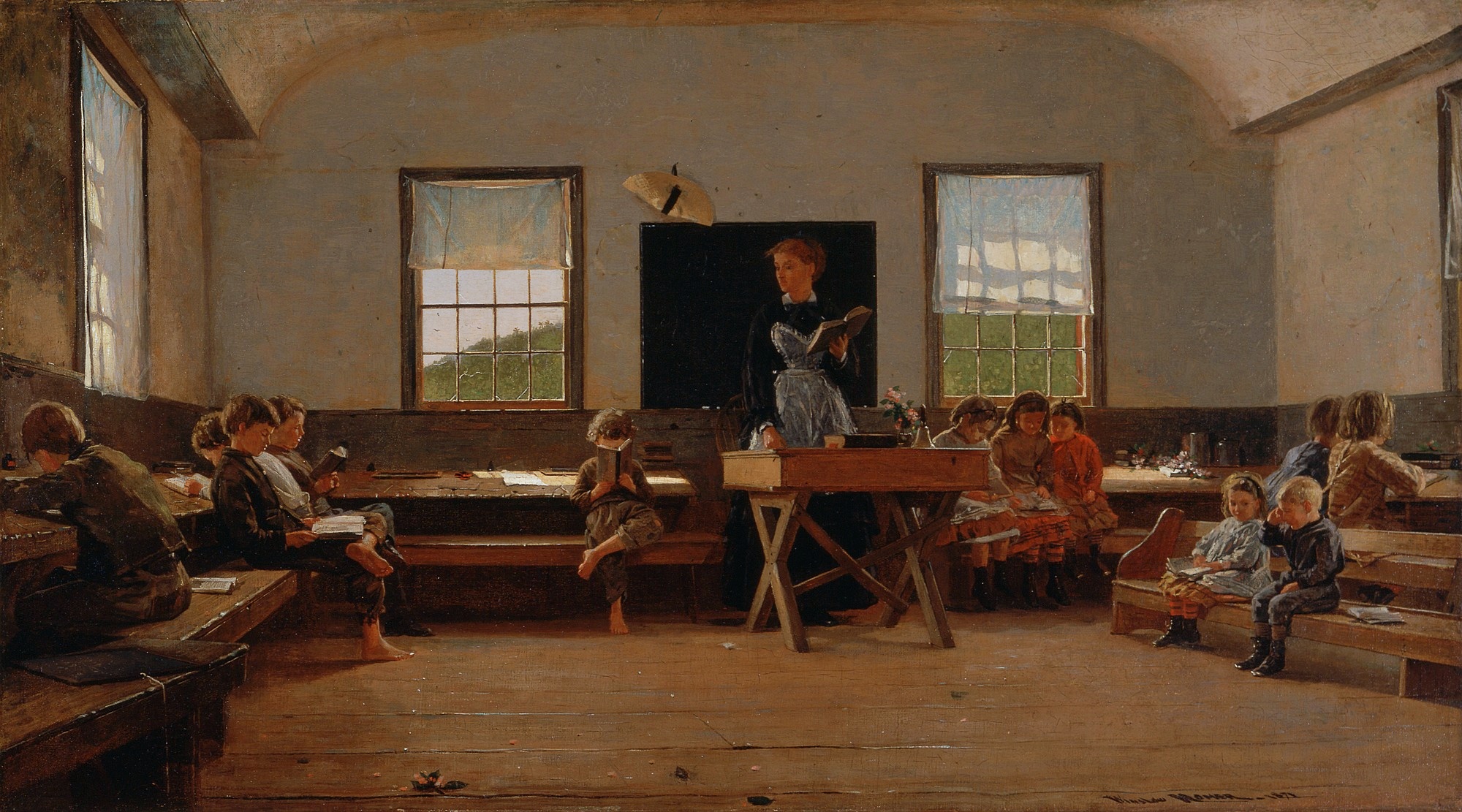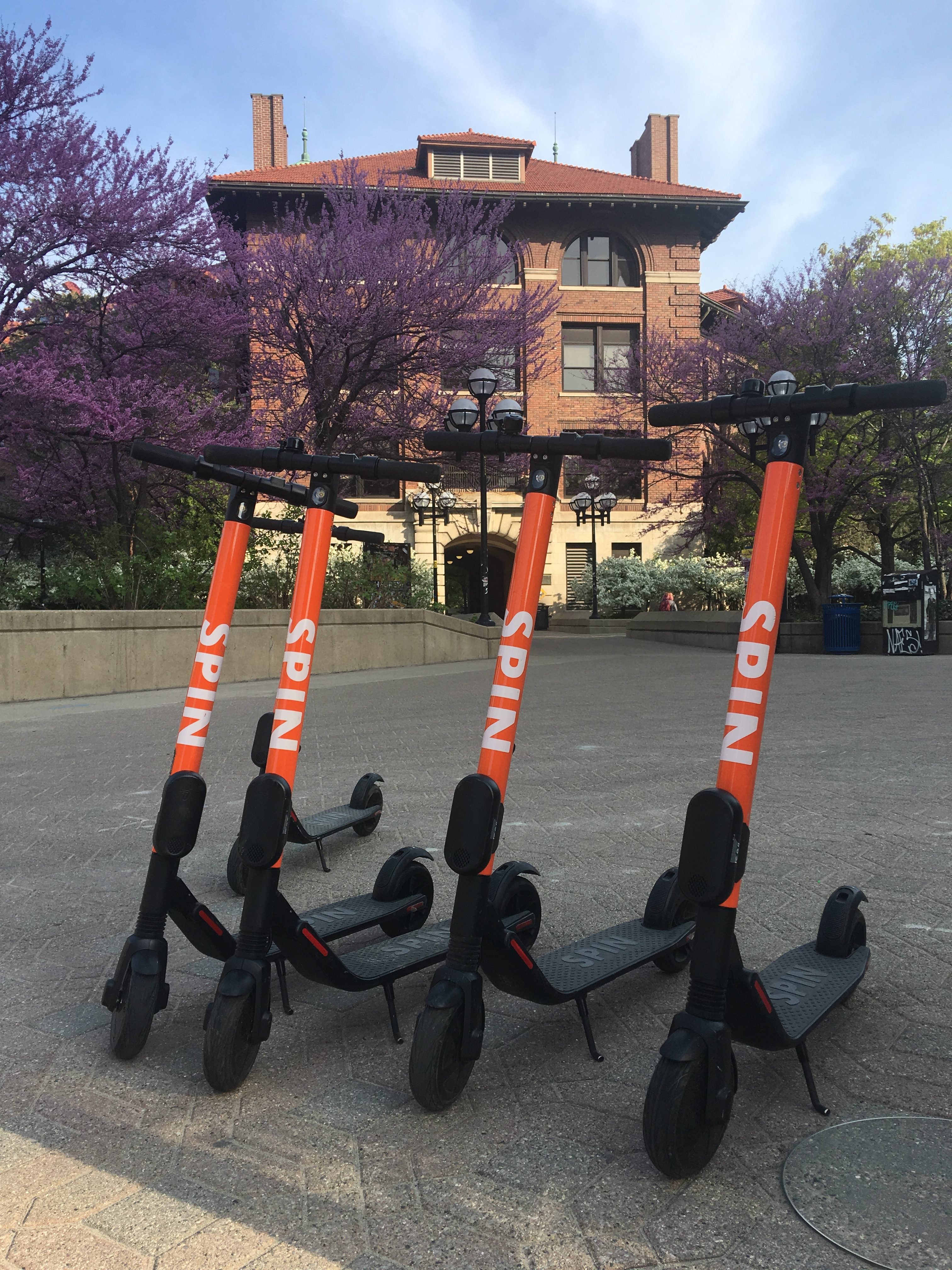Natural Disaster Grid Mitigation Map
- Home Page 303

Standards Montana
As we explain in our ABOUT, we are continuing the development of the cadre of “code writers and vote-getters” begun at the University of Michigan in 1993. We are now drilling down into state and local adaptations of nationally developed codes and standards that are incorporated by reference into public safety and sustainability legislation.
Standards Michigan remains the “free” home site but state-specific sites such as Standards Montana will be accessible to user-interest code-writers and vote-getters. Please send bella@standardsmichigan.com a request to join one of our mailing lists appropriate to your interest for #SmartCampus standards action in the State of Montana.









More
US Census Bureau American Community Interactive Data Map
US Congressional Districts Map
Teacher & Licensing Requirements by State
Food
Finance
Electronic Municipal Market Access | Montana
University of Montana Annual Financial Reports
Safety
Montana Department of Health & Human Services
Energy
Montana Public Service Commission
US Department of Energy Montana
Information & Communications
College Radio stations in Montana
News
Record Gifts Received By Boston College, University Of Massachusetts, And Montana State University
Arts
One-room schoolhouses: A comparative study of the American Midwest and Norway
The legacy of one-room schoolhouses: A comparative study of the American Midwest and Norway
ABSTRACT. In the history of education the one-room schoolhouse has played an important role in several countries. In the rural areas of the US Midwest and in Norway the one-room schoolhouse was the most common school in the second half of the nineteenth century and the first decades of the twentieth. Although the schoolhouses at first sight seem identical there are some interesting points of distinction in their educational history and how their legacy is interpreted, managed, preserved and promoted today. In the Midwest they are a beloved national icon, often listed, embodying national values and virtues. In Norway their story is effectively untold, not a single one is listed on national preservation lists and by no means do they embody national identity, virtues or values. This article offers an explanation for this different treatment.
Tiny Houses
This content is accessible to paid subscribers. To view it please enter your password below or send mike@standardsmichigan.com a request for subscription details.
Personal e-Transporters
“Trust only movement.
Life happens at the level of events, not of words.
Trust movement.”
— Alfred Adler
We track best practice concepts evolving in International Electrotechnical Commission committee (IEC TC 125 Personal e-Transporters) now setting the standard of care for a transport technology with a growing presence on college and university campuses. Students and faculty use PeTs to hasten movement between classes; maintenance staff uses them for exterior maintenance and landscaping. They are used by the general public on or within campus perimeters; particularly large research universities.
From the IEC TC 125 committee scope statement:
Standardization for use on the road or in the public space of electrically powered transport devices (i.e. no human (propulsion) power input) and where the speed control and/or the steering control is electrical/electronic.
This means, standardization in the field of personal e-Transporters, including :
-
- Safety and reliability (both electrical and functional)
- Protection against hazards (fire and explosion hazards, water ingress, …)
- Maintenance
- Docking stations for public use
- Recharging
- Recycling
Exclusions : Standardization of electrical bicycles, motorbikes, mopeds and cars are excluded from the scope because they are handled by other technical committees administered from Geneva:
– IEC TC 69
– ISO TC 149
– ISO TC 22
Standardization of PeTs for home use are excluded because they are handled by IEC TC 59 and TC 61
Much like PetTs technology itself, the TC 125 committee is relatively new; its founding document linked below:
Belgium is the Secretariat with 24 national committees on the project at the moment (CLICK HERE for TC 125 Membership). Stakeholders in the United States should contact ANSI’s US National Committee to the IEC (CLICK HERE)
We are on the receiving end of questions about best practice, standardization and regulatory solutions for this technology. We refer them to the IEEE Education & Healthcare Facilities Committee which meets 4 times monthly in European and American time zones and collaborates with the IEEE Intelligent Transportation Systems Society. We also set aside an hour per month to review the status of best practice literature for campus Mobility. See our CALENDAR for the next online meeting; open to everyone.
Issue: [19-200]
Category: Mobility, Electrical, Global
Colleagues: Mike Anthony, Jim Harvey
More
IEC e-tech | News & Views from the IEC
New update alert! The 2022 update to the Trademark Assignment Dataset is now available online. Find 1.29 million trademark assignments, involving 2.28 million unique trademark properties issued by the USPTO between March 1952 and January 2023: https://t.co/njrDAbSpwB pic.twitter.com/GkAXrHoQ9T
— USPTO (@uspto) July 13, 2023
Standards Michigan Group, LLC
2723 South State Street | Suite 150
Ann Arbor, MI 48104 USA
888-746-3670





















